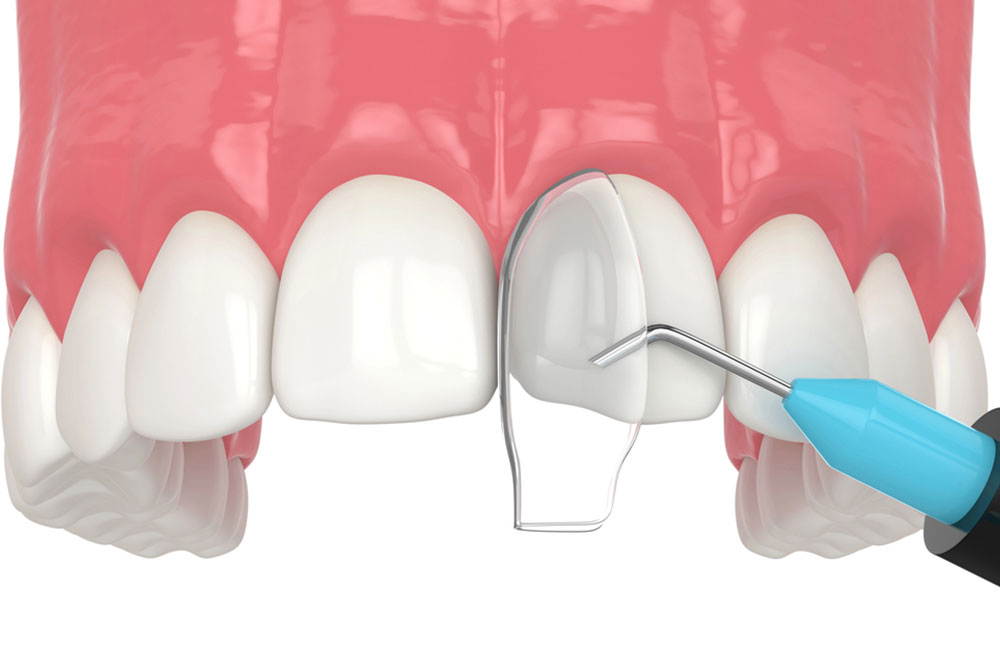
If you’ve ever wished for a simple way to refresh your smile, dental bonding may be the answer. It’s a treatment that blends speed with subtlety, enhancing teeth in ways that feel natural and effortless. Here, we break down how the process works and why it continues to earn patient trust.
Why Choose Dental Bonding?
- Repairing Chips and Cracks
One of the main reasons patients turn to dental bonding is to fix small imperfections such as chips or cracks. These tiny flaws may not require major procedures like crowns, yet they can still affect confidence and comfort. Bonding provides a natural, seamless repair that blends beautifully with your existing teeth.
- Addressing Discoloration
Sometimes teeth do not respond well to whitening treatments. In such cases, bonding can mask deep stains and improve the overall shade of a smile. The resin is carefully shaded by the dentist for a natural, polished look.
- Reshaping and Closing Gaps
Bonding is also used to adjust the shape of a tooth or to fill small gaps between teeth. Patients love this option because it avoids braces or orthodontics while still creating a more even smile.
How Dental Bonding Works
Step 1: Preparation
The bonding process typically requires very little preparation. Anesthesia is rarely needed unless the bonding is being used to fill a cavity. Unlike other cosmetic dental treatments, minimal enamel is removed, allowing patients to keep almost all of their natural tooth structure.
Step 2: Application of Resin
A tooth-colored resin is applied to the surface of the tooth. This composite material is pliable, allowing the dentist to shape it carefully so it matches the contours of your natural tooth.
Step 3: Shaping and Sculpting
Once the resin is in place, the dentist molds it to correct the chip, stain, or gap. This part of the procedure draws on artistry as much as dentistry, giving the results a seamless and realistic look.
Step 4: Hardening the Bond
A special curing light is then used to harden the resin. This step sets the material firmly in place, turning it into a durable surface that blends into your bite and smile.
Step 5: Polishing for a Smooth Finish
Finally, the bonded tooth is polished to match the sheen of the surrounding teeth. The result is a flawless finish that makes the repair virtually invisible.
How Long Does Bonding Last?
Bonding is long-lasting but not permanent. With proper care, results can last several years. Regular brushing, flossing, and dental visits help maintain both the look and strength of the bonded tooth. Patients may be advised to avoid habits like nail-biting, chewing ice, or using teeth as tools, since these can shorten the lifespan of the bonding.
Get Personalized Dental Care in Mandeville, LA
At Grand Family Dentistry, we believe even the smallest change can make a big difference in how you feel about your smile. Since 1998, our experienced dentists and caring team have provided advanced, family-focused care across Mandeville, Abita Springs, and Baton Rouge.
From simple bonding for a chipped tooth to complete smile makeovers, we offer personalized treatment in a welcoming, community-rooted practice. With flexible hours, multiple locations, and a dedication to affordable care, we make it easy to love your smile again. Request a complimentary consultation online — a brighter smile starts here.

